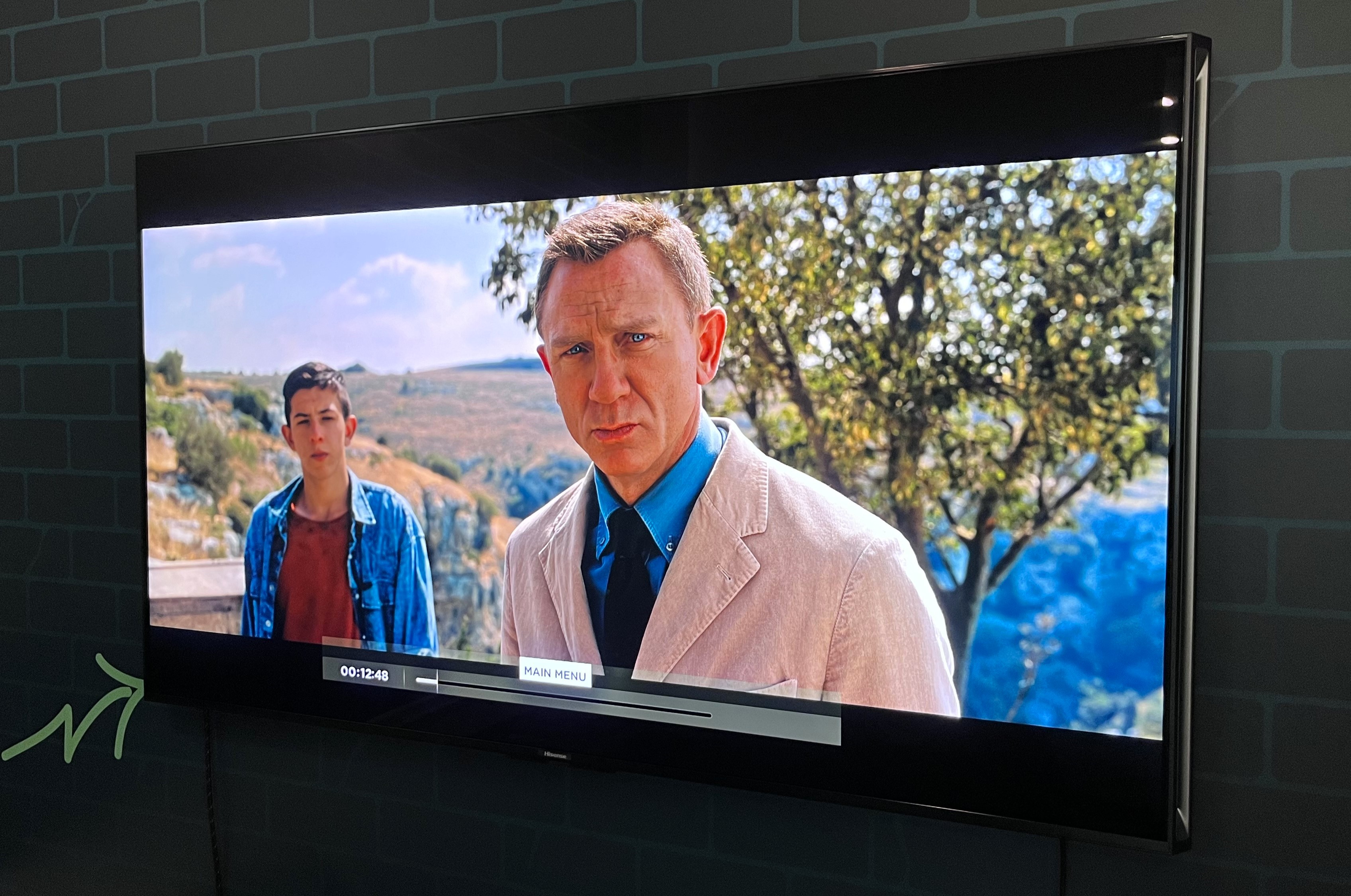
Hisense just announced its new Hisense U9N series mini-LED TVs, and as part of that announcement, the company invited reviewers, myself included, to spend quality hands-on time with a pre-production 75-inch version of the U9N at a launch event in New York.
The Hisense U9N series TVs slot between the company’s flagship ULED X series and the new U8N series (review coming soon) TVs, and incorporate technology from the ULED X lineup. Specifically, they use Hisense’s Hi-View Engine X picture processing and a mini-LED backlight with up to 5,300 local dimming zones. That’s a strikingly high number, even among the best TVs that use mini-LED – the Hisense U8K, in contrast, topped out at around 1,000 local dimming zones.
As you might expect, the premium tech packaged in the U9N series comes with a price boost over the U8N series, with the 75-inch version selling for $2,999 (around £2,400 / AU$ 4,530) and $3,999 (around £3,200 / AU$ 6,050) for the 85-inch version. (Compare that to the $1,999 pricing for the 75-inch Hisense U8N.) Hisense plans to ship both models this summer, and they will be sold at Best Buy and Amazon.
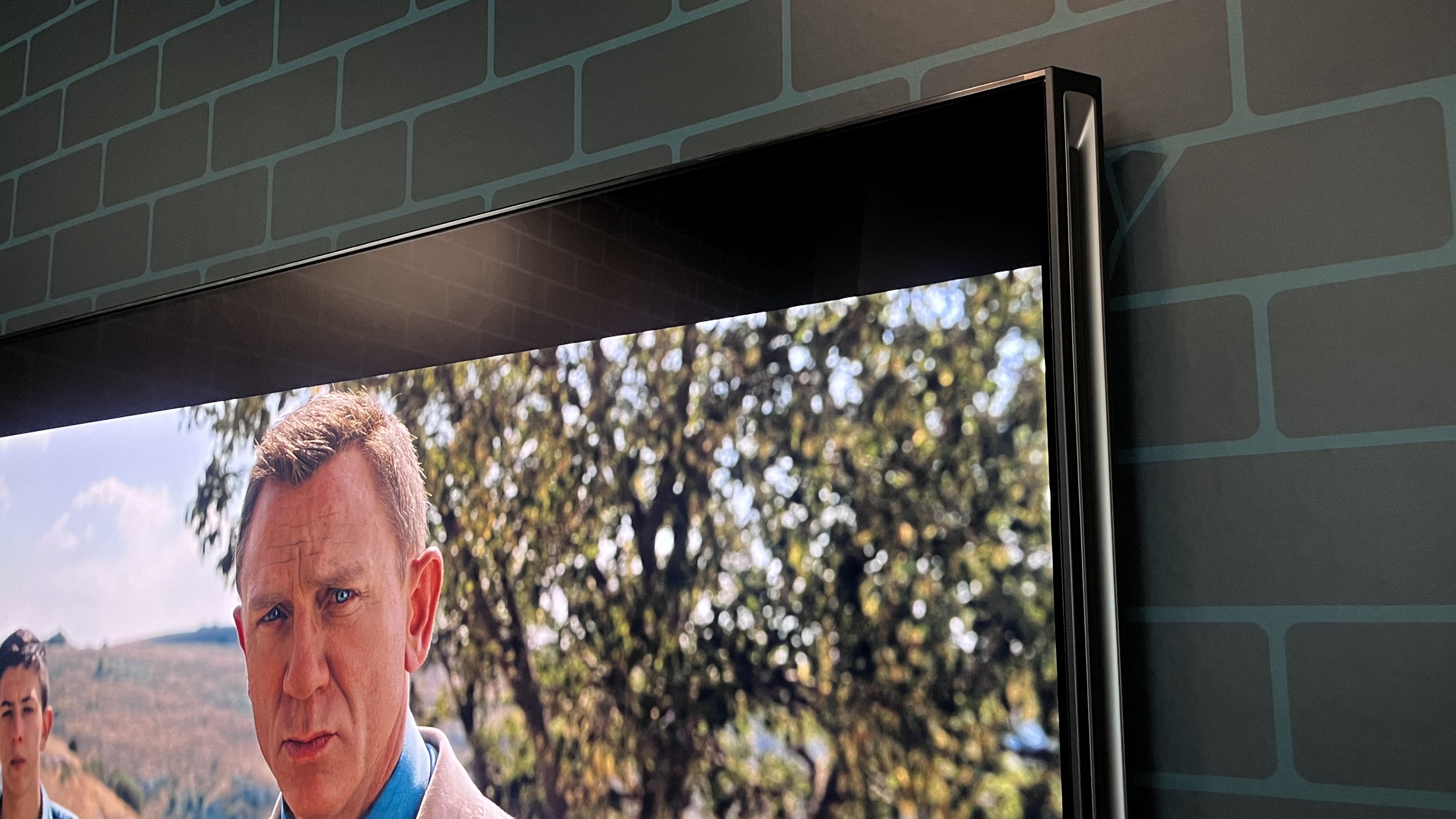
The U9N series also has a premium design that aligns closely with the ULED X series TVs. That includes an aluminum bezel and side-mounted speakers, with the latter providing the left and right channels for the TV’s built-in 4.1.2 Dolby Atmos speaker system, which gets up to 82 watts of power (on the 85-inch model).
Picture-enhancing features of the U9N series include Dolby Vision IQ and HDR10+ high dynamic range support, and IMAX Enhanced and Filmmaker Mode presets. An ultra-wide viewing angle feature ensures that picture quality is maintained when viewing from off-center seats and the screen also has an anti-glare coating to reduce reflections.
On the gaming front, the U9N series supports a 144Hz refresh rate, VRR with AMD FreeSync Premium Pro, and Dolby Vision gaming.
The Google TV platform handles smart features and streaming and there’s an ATSC 3.0 tuner for receiving next-gen digital TV broadcasts.
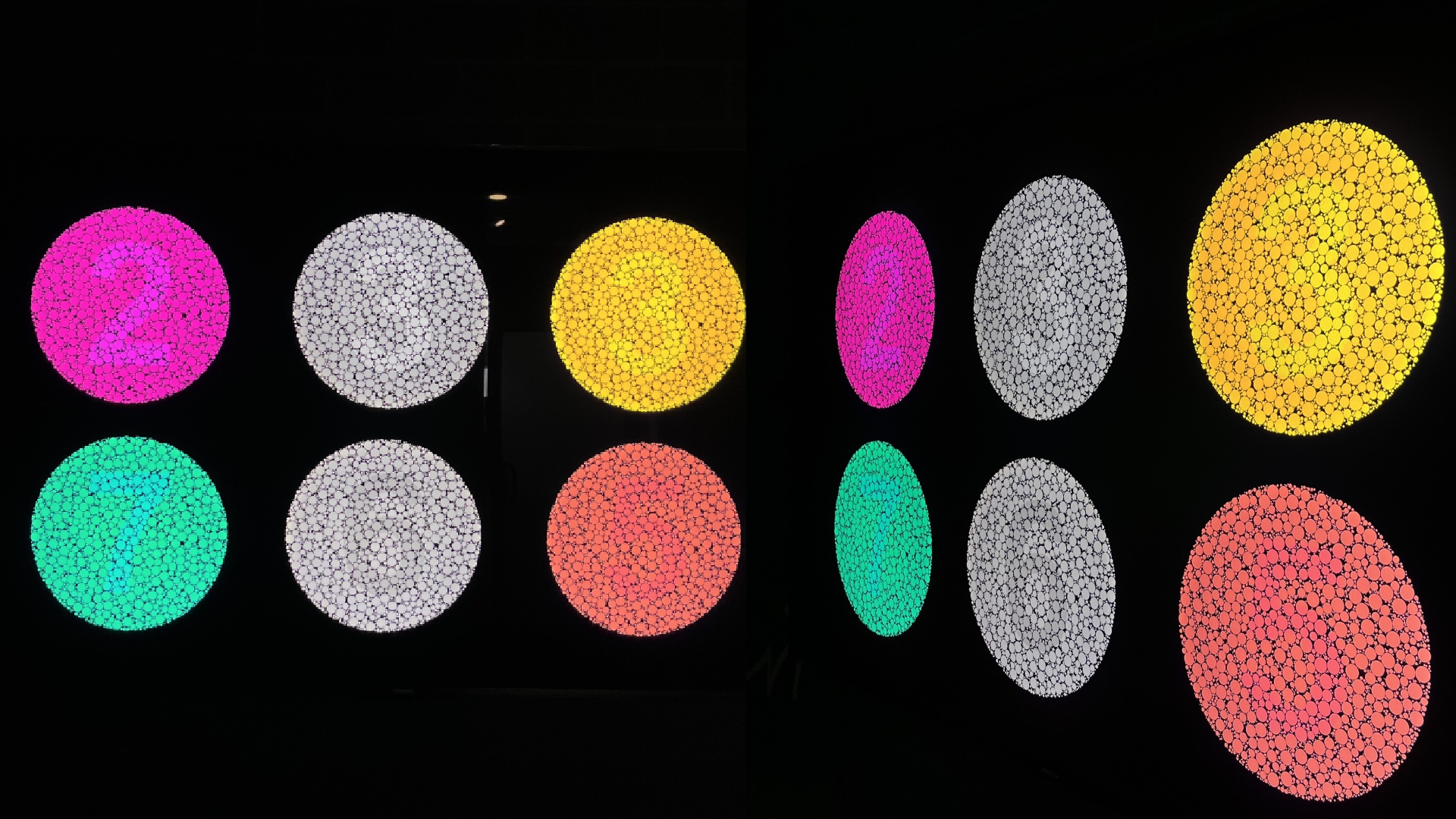
Picture Performance
Along with its massive dimming zone count, Hisense has made dramatic brightness claims for its U9N series and the other new Hisense TVs announced for 2024. With the TV in its Filmmaker Mode picture preset, I measured around 3,000 nits peak brightness on a 10% white window pattern – a result that bests even the new Samsung QN900D flagship 8K TV, which measured around 2,400 nits on the same test. Dramatically high brightness confirmed!
Brightness with a fullscreen white test pattern in the same mode was 600 nits, a result that also bests Samsung’s flagship TV. On other tests, the 75-inch U9N managed a very impressive 99.3% coverage of the UHDA-P3 color gamut and 82% of the BT.2020 color gamut, and a measured input lag of 15.2ms when in Game mode. That level of input lag isn’t the best we’ve measured – some of the best gaming TVs clock in under 10ms – but it’s still considered good enough.
Along with its stellar measured performance, the QN9 has excellent off-axis uniformity. Looking at a pattern from the Spears & Munsil Ultra HD Benchmark 4K Blu-ray disc designed to test off-axis performance, the TV’s ultra-wide viewing angle feature ensured that color and contrast were perfectly uniform even at a far off-center viewing position.
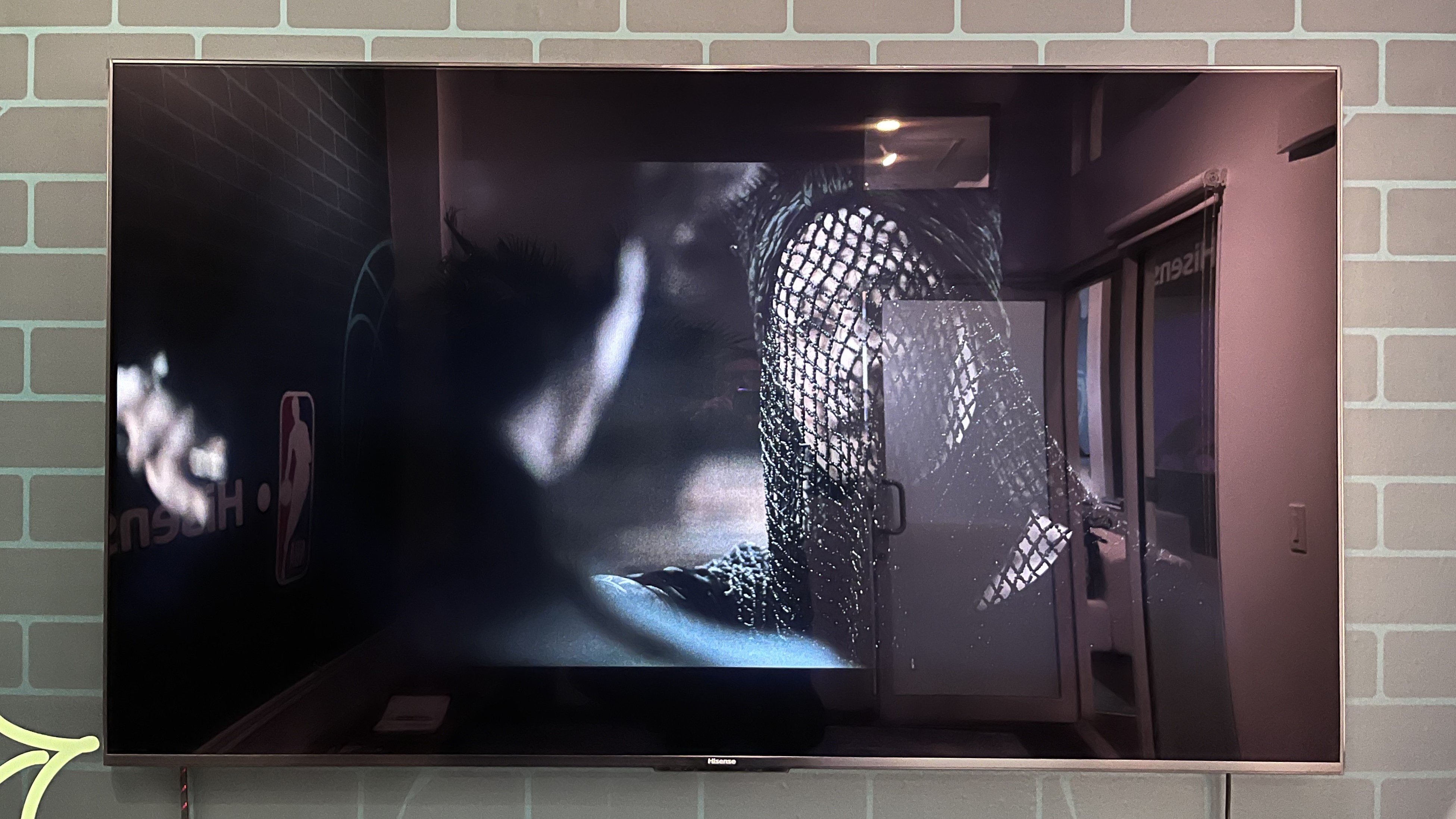
With 5,300 local dimming zones, you’d expect to see detailed reproduction of shadows in dark scenes, and the UN9 didn’t disappoint. Watching the scene in Dune: Part One where Paul Atreides is tested by the Reverend Mother (Question: “What’s in the box?” Answer: “Pain”), backgrounds in the dim environment had a high level of clarity, and the mesh covering her face was a deep, solid black tone.
While I didn’t notice anything off with movies, I did note some “black blotching’ effects on a starfield test pattern on the Spears & Munsil disc designed to test local dimming performance. Basically, with local dimming switched off, I could see plenty of stars in the pattern, and when switched to the Filmmaker Mode’s default High setting, large patches of stars disappeared. Hisense told me the issue is something they had also noted, however, and it will be fixed before the UN9 ships this summer.
Turning to No Time to Die, another demo 4K Blu-ray and one that I use to test motion handling, there was a high level of motion judder in a shot where the camera pans across a cemetery on a craggy hillside. Adjusting both the Custom Judder and Blur settings in the Motion Clarity menu to +4 remedied the issue, and it only added a very slight amount of “motion smoothing” to the image.
Although the U9N is touted as having an anti-glare screen, I could see a fair amount of screen reflections when I turned on the overhead lights in the room I tested it in. It certainly wasn’t the worst instance of this I’ve encountered, but having seen the new Samsung S95D OLED TV’s Glare-Free technology in action, which proved completely immune to room lighting, I’m starting to have higher expectations for glare-reduction tech.
Sound performance
Most high-end TVs now arrive with built-in 4.1.2 Dolby Atmos speaker systems, which use actual upfiring speaker drivers on the TV’s top edge rather than virtual processing to deliver Dolby Atmos soundtracks. Hisense’s U9N managed to play loud during the action scenes in both Dune and No Time to Die without sounding overly strained and there was good bass and dialogue clarity. Built-in TV speakers typically aren’t a match for the best soundbars, but anyone wanting spacious Dolby Atmos sound from a TV alone will not be disappointed with the U9N’s performance.
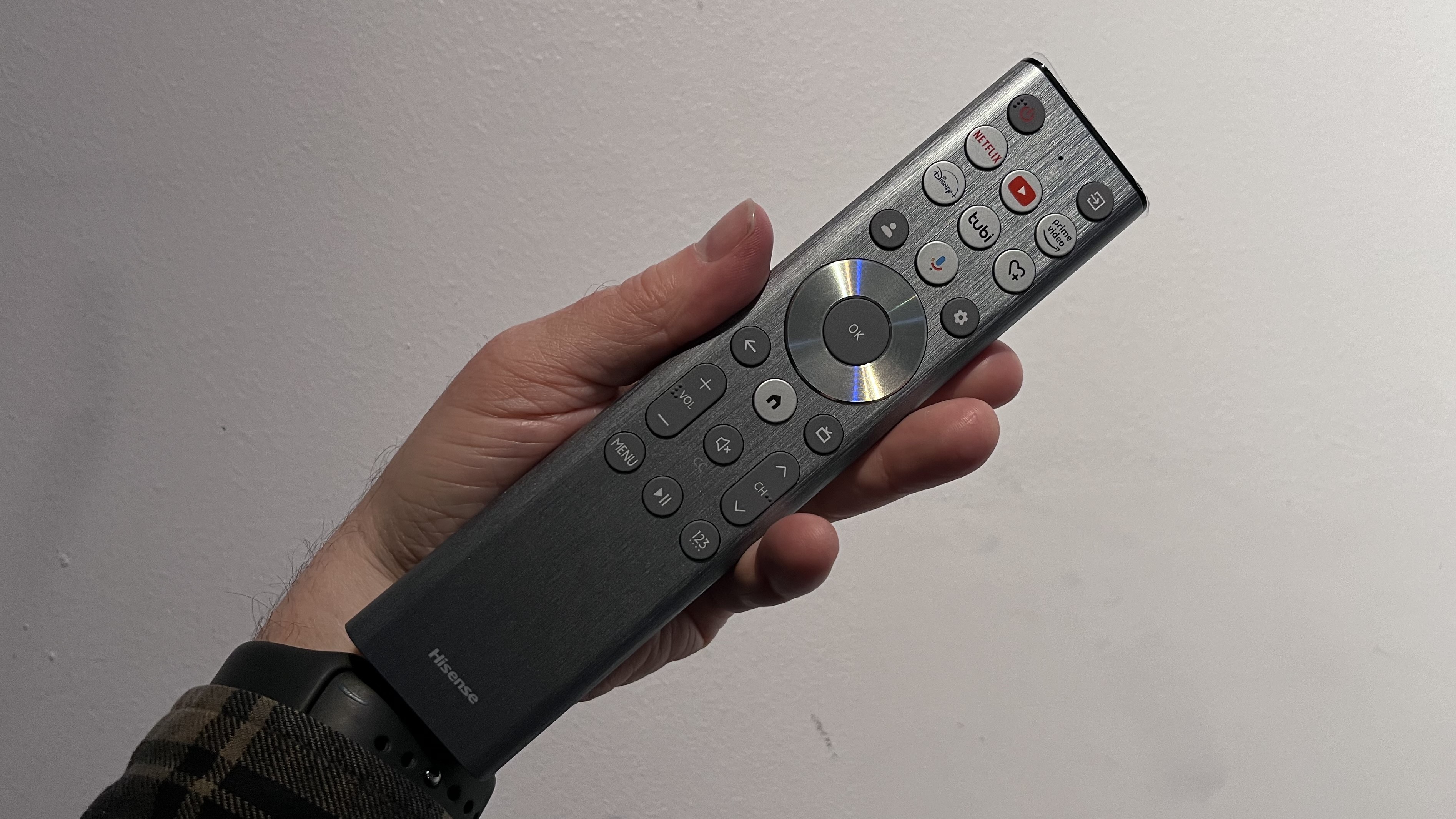
Mini-LED to the max
The Hisense U9N’s high brightness and impressive local dimming make it a hot prospect to land among the best TVs of 2024. And even though the 75-inch model’s $2,999 price could be considered high for a TV, it’s still quite reasonable compared to the mini-LED competition – it's lower than the 75-inch Samsung QN90D, for example, which costs $3,299.
Does the Hisense U9N leave room for improvement? Its motion handling isn’t the best, and when I measured it in Filmmaker Mode, both gamma and white balance were less accurate than what I usually expect from a premium TV. Even so, I walked away from my encounter with the U9N impressed, and could see it making serious waves this summer once it arrives.







